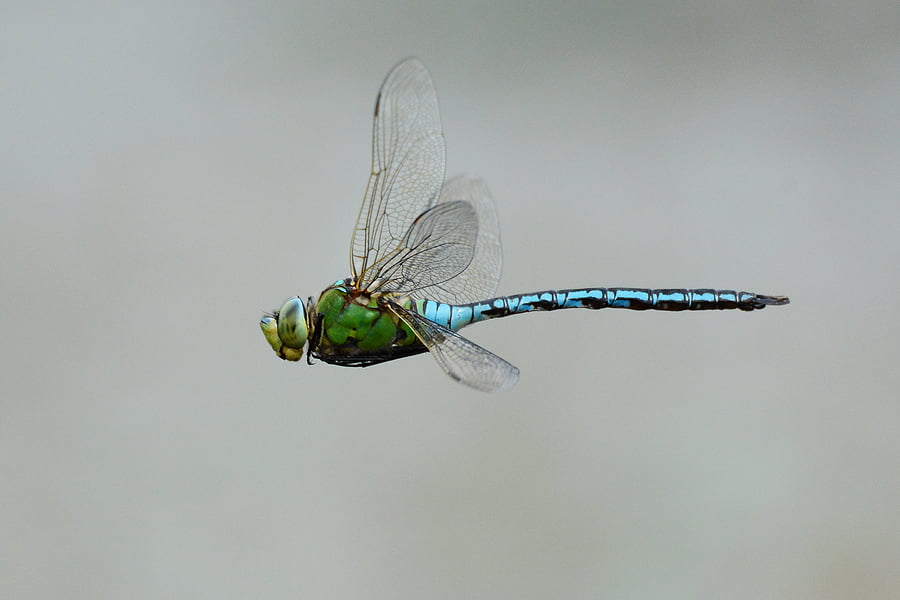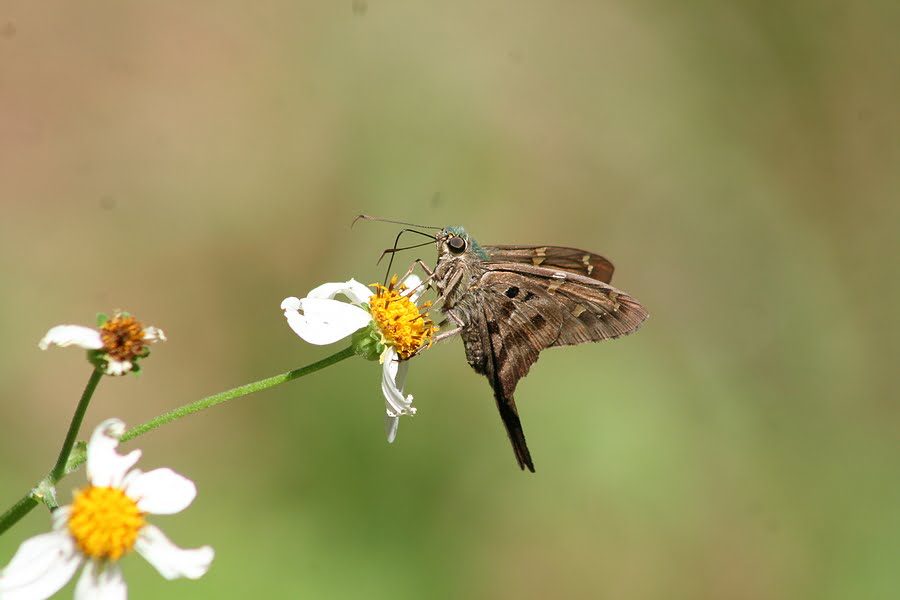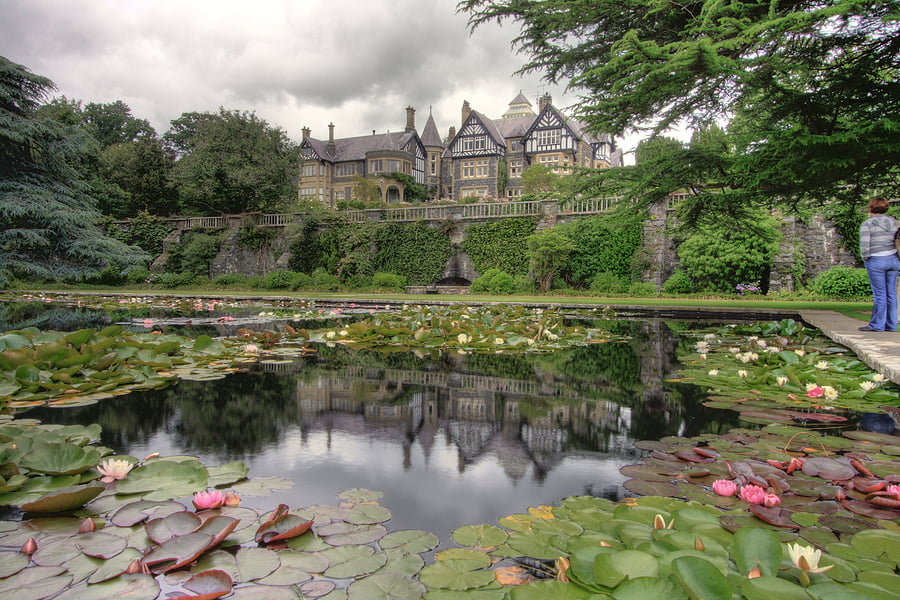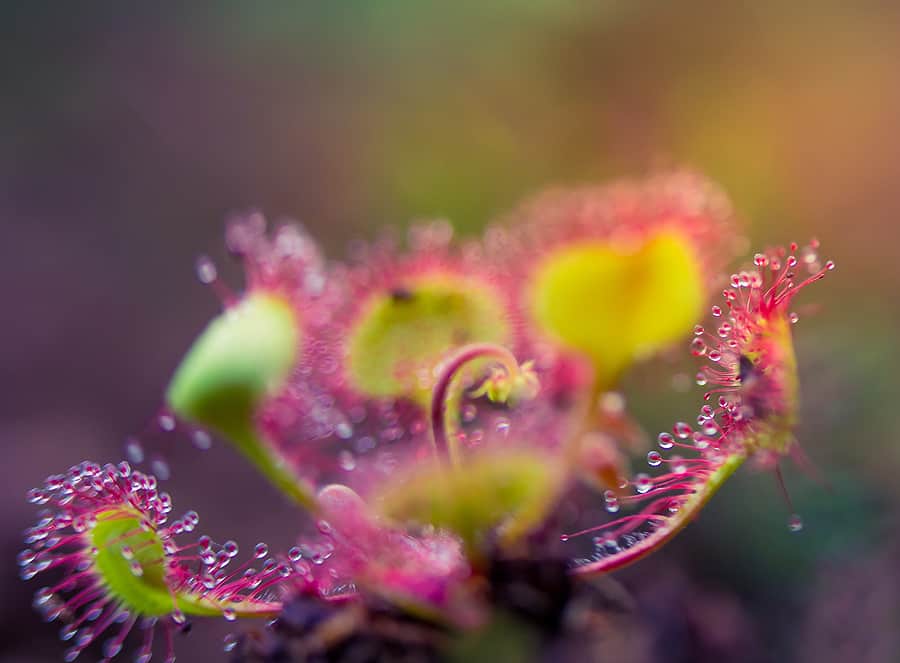
Hungry Plants For Your Pond
12th October 2021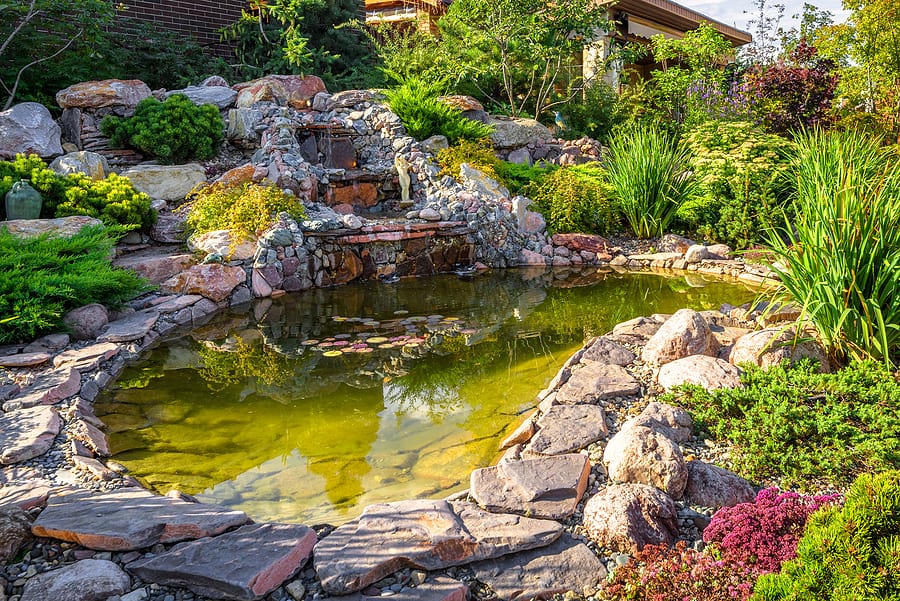
Top Tips To Help Maintain A Naturally Beautiful Pond
31st October 2021Lakes, ponds, and many waterways in the UK are under threat from a variety of invasive aquatic plants. Five of the most damaging and rapidly growing plants were banned from sale in 2015, but the work continues to remove these species from British waterways.
While a pond in your garden can help increase biodiversity and help save the important pollinating insect species from dying out, it is important to be aware of the five-most-wanted invasive aquatic plant species that can take over a body of water and negative impact the aquatic environment, which can lead to a loss of plant and animal life.
Here are the five non-native species invasive aquatic plants that are now banned from sale in the UK, and should be reported for swift eradication.
Australian Swamp Stonecrop (Crassula helmsii)
This invasive species grows around the damp margins of freshwater ponds and in bodies of water up to 3 metres deep. It can form dense carpets that can choke the pond from its oxygen supply, reduce light levels in the water, and cause native species to die off.
Floating Pennywort (Hydrocotyle ranunculoides)
As suggested by its name, floating pennywort forms dense mats of rounded leaves that float on the water surface. It can grow up to 20cm per day, which means it rapidly crowds out native species, causing an imbalance of oxygen levels in the water, subsequently threatening the survival of native species and choking drainage systems.
Water Fern (Azolla filiculoides)
This non-native invasive species floats on the surface of ponds, lakes, ditches, and canals. It can propagate itself by breaking up to form separate parts and reproduces by two kinds of very unusual spores and spreads so rapidly by vegetative propagation that it has become and widespread issue in bodies of water in the UK and all around the world.
Parrot’s Feather (Myriophyllum aquaticum)
The next in the top five most wanted, or unwanted, non-native invasive species is Parrot’s Feather, which typically grows in freshwater streams, ponds, lakes, rivers, and canals that have a high nutrient content.
It produces long stems and floating mats of attractive feathery leaves, and can root from small stem fragments and can easily escape into the wild. Its vigorous growth means it quickly becomes the dominant species in a body of water, growing so quickly and to such an extent that it can out-compete native vegetation, blocking light, and altering the patterns of flow.
Water Primrose (Ludwigia peploides)
Originally introduced as an ornamental and water garden plant, this species bears bright yellow flowers but can cause havoc if released in the wild.
Water primrose can have a devastating effect on native habitats with its rampant growth out-competing native species clogging the water, and its dense vegetation contributes to flooding. It spreads primarily by stem fragments but also by seeds which means it can spread quickly and it can make eradication difficult.
If you’re looking for native pond plants in the UK, visit our website today.



